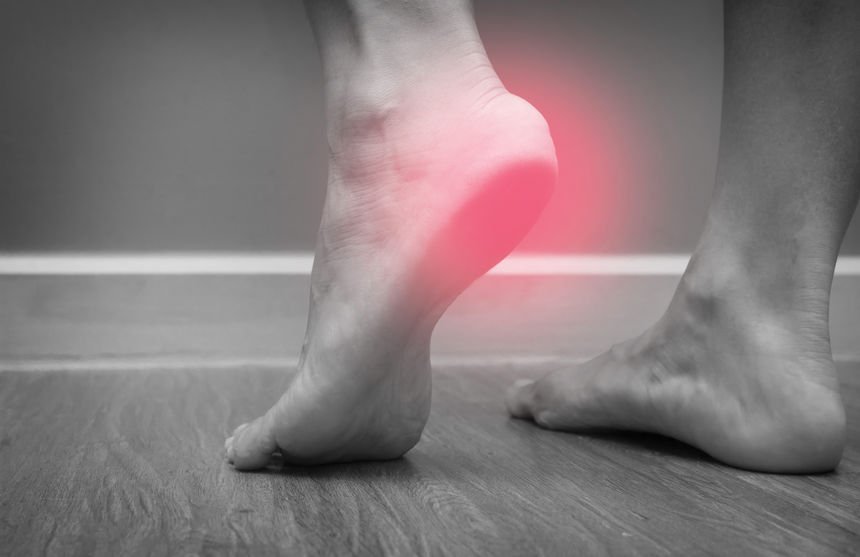What is the Plantar Fascia?
The plantar fascia is a thick band of tissue that extends from your heel to the base of your toes, on the bottom of your foot.
The fibrous band provides stability and supports your arch. A common cause of heel pain known as plantar fasciitis can occur when the fascia becomes inflamed where it attaches to the heel bone. If caught early, proper shoes, stretching, and inserts can alleviate the pain.
What Happens When The Plantar Fascia Tears?
Occasionally, the plantar fascia can rupture or tear. A rupture can occur after a sudden trauma when jumping or falling from a height. Runners, basketball, and football players may experience the injury with quick, sudden movements. Patients often describe a "pop" in the heel or arch followed by bruising and swelling. Typically, plantar fasciitis is worse in the morning and after sitting for long periods.
Pain from a rupture is more constant than plantar fasciitis.
A rupture can also occur slowly over time. Chronic plantar fasciitis, heel pain lasting more than 6 months, can lead to a partially torn plantar fascia. The fascia becomes frayed with overuse and loses its integrity. Pain will often be directly under the heel, with mild to moderate swelling. Patients may feel a small lump the size of a dime, in the heel area. Often patients come in with bags of orthotics and night splints that have failed to alleviate the condition.
A torn plantar fascia is very painful and requires proper treatment, whether acute or chronic. Diagnosis of a plantar fascia rupture is made by taking a complete history, an examination, and the use of diagnostic tools such as x-ray, ultrasound, and possibly MRI.
Treatment and Recovery from a Plantar Fascia Rupture
A plantar fascia tear can mimic chronic plantar fasciitis, making it frustrating to treat without a proper diagnosis. Steroid injections can make the condition worse or even cause a rupture. Treatment for an acute plantar fascial tear begins with a period of immobilization with a cam walker, or with crutches, followed by protected weight-bearing and physical therapy. An acute rupture is more obvious clinically due to swelling and bruising than a chronic plantar fascia rupture.
A chronic tear may require advanced therapy using amniotic tissue to repair the tear. The injection therapy can be done in the office under local anesthesia. During treatment, custom-molded orthotics are fabricated to support the fascia. Recovery may take 3 to 4 months. Because the fascia tends to heal well on its own surgery is rarely required.
If you are suffering from either acute or chronic heel pain, proper diagnosis and treatment of a plantar fascia issue will ensure a quicker recovery. Dr. Michele Kurlanski is here to help. Same-day appointments are now available! Give us a call today (207) 774-0028 to schedule your next appointment at our location in Scarborough, Maine.


